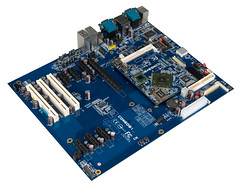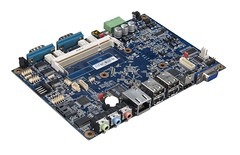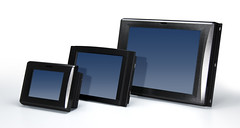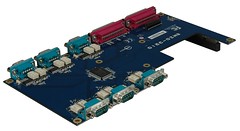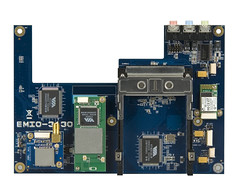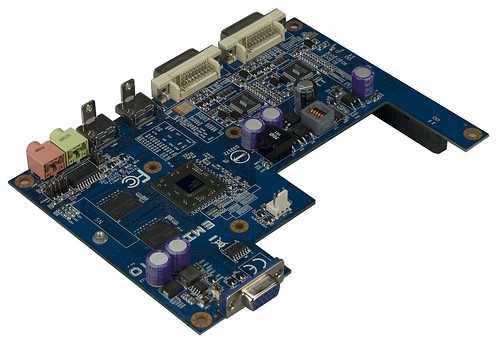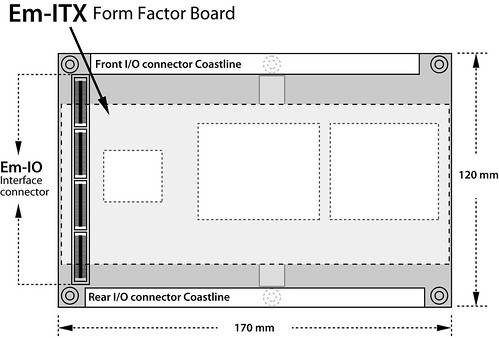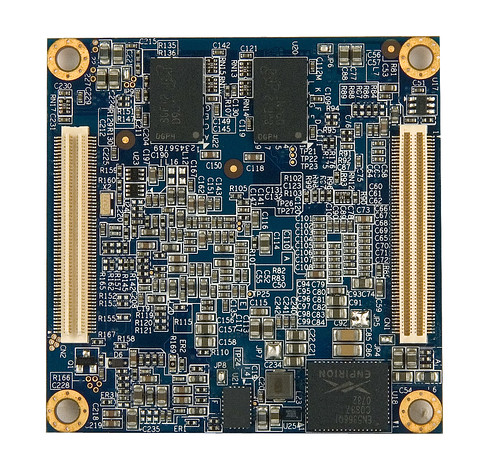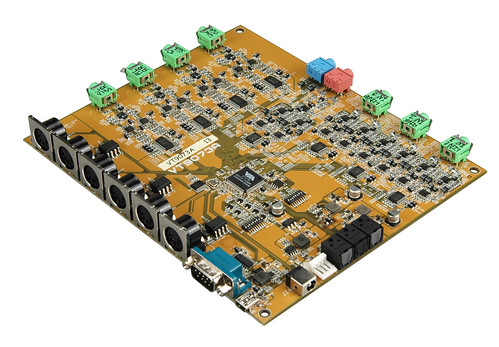
Latest VIA Nano processor - check, it has a 1.2GHz Nano E-Series
HD 1080p - check, the VIA VX900 delivers this
Expansion options - check, 2 mini-PCIe ports provides massive amounts of options
HD audio - check, including SPDIF, 6 channel and DTS capable
Advanced memory support - check, DDR3 supported
Networking - check, gigabit Ethernet, plus you've got those mini-PCIe for any other type of wireless connectivity you need
Ports - check, there's 1 channel LVDS display support, an additional 5 x USB 2.0 ports, an LPC connector, SMBus connector, PS/2 support, audio jacks, LVDS, 4 pairs of DIO and two UART ports





